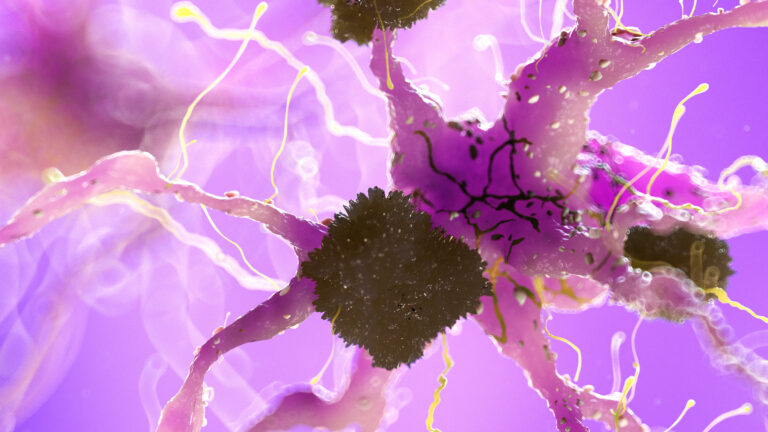Magnetic Resonance Imaging (MRI) can indeed be used to measure cerebral blood flow (CBF) in dementia patients, and this capability is increasingly important for understanding and diagnosing dementia-related conditions such as Alzheimer’s disease. MRI offers several advanced techniques that allow researchers and clinicians to non-invasively assess blood flow dynamics in the brain, which is crucial because changes in cerebral blood flow often accompany or even precede cognitive decline.
One of the primary MRI methods used to measure cerebral blood flow is Arterial Spin Labeling (ASL). ASL MRI works by magnetically labeling the water in arterial blood as it flows into the brain, effectively using the blood itself as a tracer. This technique provides quantitative maps of blood flow without the need for contrast agents, making it safe and repeatable for patients, including those with dementia. ASL can detect regional reductions in blood flow that correlate with areas of the brain affected by dementia, such as the hippocampus and cortex, which are critical for memory and cognition.
Beyond ASL, other MRI-based approaches contribute to understanding cerebral blood flow and vascular health in dementia. For example, advanced MRI sequences can assess the integrity of the brain’s microvasculature and detect abnormalities in blood oxygenation and metabolism. Techniques like Blood Oxygen Level Dependent (BOLD) imaging, often used in functional MRI (fMRI), indirectly reflect changes in blood flow by measuring oxygenation levels, which can be altered in dementia.
Recent research has also introduced novel MRI-derived markers that improve the sensitivity and specificity of detecting vascular changes in dementia. For instance, quantitative susceptibility mapping (QSM) MRI can measure brain iron levels, which tend to accumulate abnormally in regions vulnerable to dementia. Elevated brain iron detected by QSM has been linked to higher risks of mild cognitive impairment and Alzheimer’s disease, suggesting that MRI can capture subtle vascular and metabolic changes before clinical symptoms emerge.
Moreover, MRI studies have explored cerebrospinal fluid (CSF) circulation and glymphatic system function, which are related to waste clearance in the brain and may be impaired in dementia. These MRI measures provide additional insights into how vascular and fluid dynamics contribute to disease progression.
While MRI provides detailed spatial and functional information about cerebral blood flow, it is often combined with other non-invasive techniques such as Doppler ultrasound and near-infrared spectroscopy (NIRS) to create comprehensive assessments of cerebrovascular health. For example, a novel approach called the Cerebrovascular Dynamics Index (CDI) integrates Doppler ultrasound measurements of blood flow velocity with NIRS assessments of cortical oxygenation, offering a dynamic picture of how effectively the brain’s blood supply responds to physiological changes. This multimodal approach has shown high accuracy in distinguishing individuals with mild cognitive impairment or Alzheimer’s disease from healthy controls, outperforming some traditional cognitive tests.
In clinical practice and research, measuring cerebral blood flow with MRI helps to:
– Detect early vascular changes that may contribute to or signal the onset of dementia.
– Differentiate between types of dementia based on patterns of blood flow impairment.
– Monitor disease progression and response to therapies aimed at improving vascular function.
– Investigate the relationship between vascular health and cognitive decline, supporting the development of targeted interventions.
Despite these advances, some challenges remain. MRI measurements of cerebral blood flow require specialized equipment and expertise, and patient movement or other artifacts can affect image quality. Additionally, while MRI can reveal correlations between blood flow changes and dementia, establishing causality and integrating these findings into routine diagnosis still require further research.
In summary, MRI is a powerful tool for measuring cerebral blood flow in dementia patients. Techniques like Arterial Spin Labeling and quantitative susceptibility mapping provide valuable, non-invasive insights into the vascular and metabolic alterations associated with dementia. When combined with other modalities, MRI-based assessments of cerebral blood flow enhance our ability to detect, understand, and potentially treat dementia at earlier stages than was previously possible.





